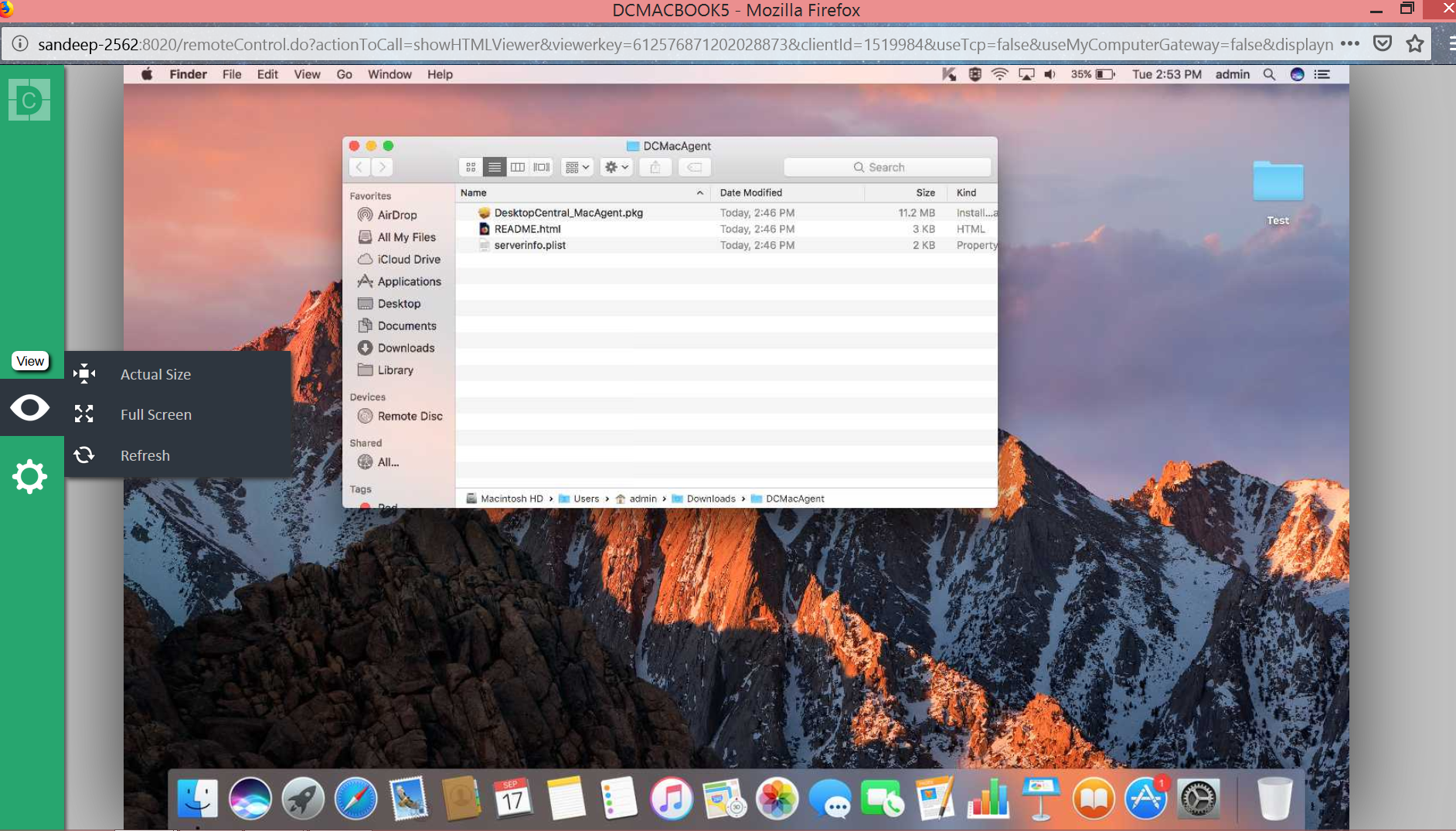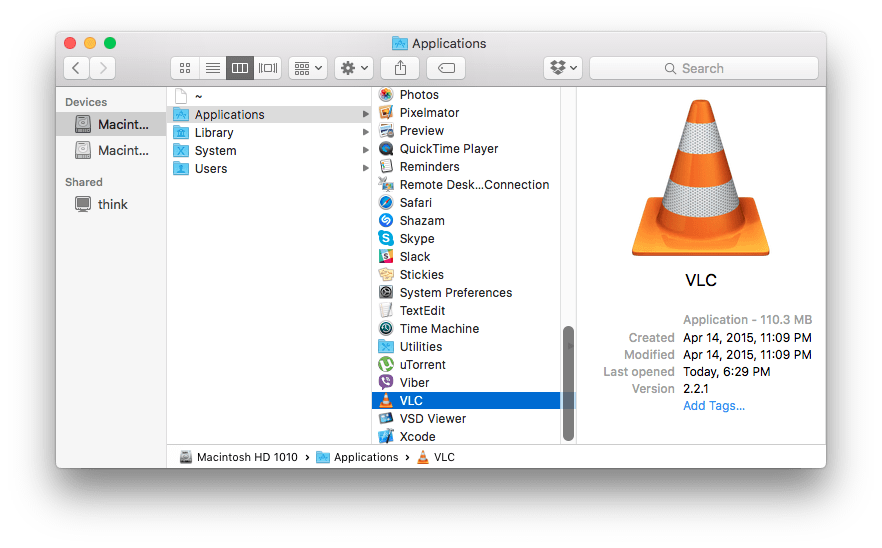

- Vlc mac os x 10.10 how to#
- Vlc mac os x 10.10 drivers#
FluidSynth is an OSS synthesizer, and it's license is apparently GPL/VLC-compatible. I really don't know, but this probably isn't the case on a Mac, anyway. Vlc mac os x 10.10 drivers#
Some cheap sound cards might not even have one, although I'd imagine the drivers would at least fake a software solution. Most good sound cards have a built-in synthesizer, but something about the way VLC is written (probably because it's primarily designed to give the sound card WAV-ish to play) prevents it from easily accessing these capabilities.VLC needs a synthesizer that can take the MIDI instructions and "play" them.

Vlc mac os x 10.10 how to#
As you know, MIDI files do not actually contain any sound information they are instructions for how to play sounds (a collection of "events," like what type of sound to play, the pitch, length, volume, tempo, etc).

I can't view the links either (timeouts?), but, as I recall, there are a few reasons: The script is named generateFluidSynthPluginVLC.sh.
pkg-config, to "find" the fluidsynth installation. fluidsynth (by means of Homebrew, MacPorts, Fink, sources, etc.). Note that it will leave behind the downloaded and extracted files as well as the files of the build process. Downloading and activating the GeneralUser GS soundfont.Įxecute the script in a temporary folder. Moving the Plugin to the App's Plugin folder. Extracting and building the fluidsynth plugin. Downloading the current (1.1.5) VLC source. The following shell script will take care of: You'll need to have the Developer Tools installed to do the software build. However, on Mac OS X builds of VLC, the FluidSynth-Plugin is neither supplied nor built, rendering the How to inapplicable.įortunately, the plugin is part of the VLC source tree and can be built easily. VLC is supporting MIDI to a degree on Linux and Windows by means of FluidSynth. VLC has only limited support for MIDI-files due to several restrictions.







 0 kommentar(er)
0 kommentar(er)
